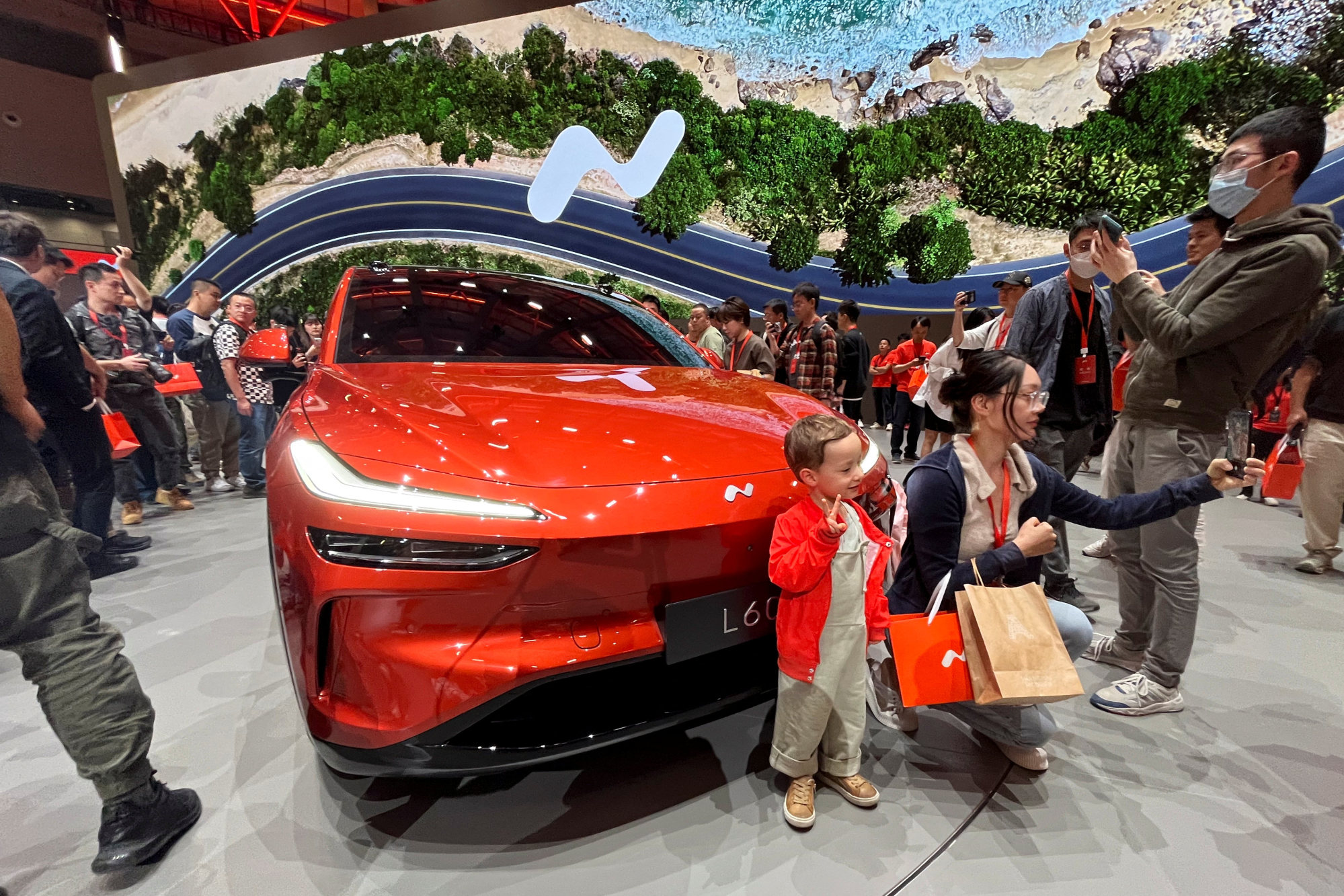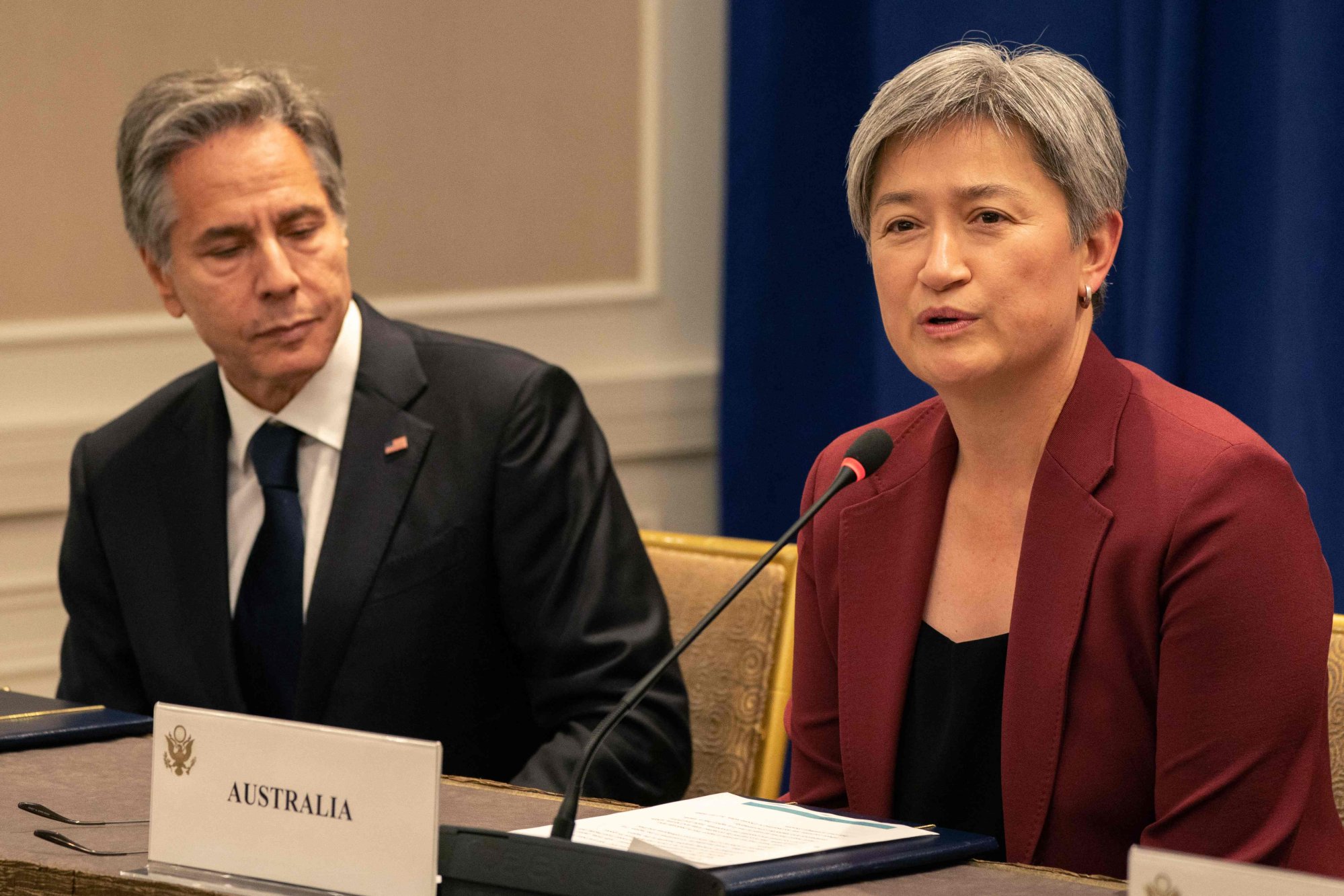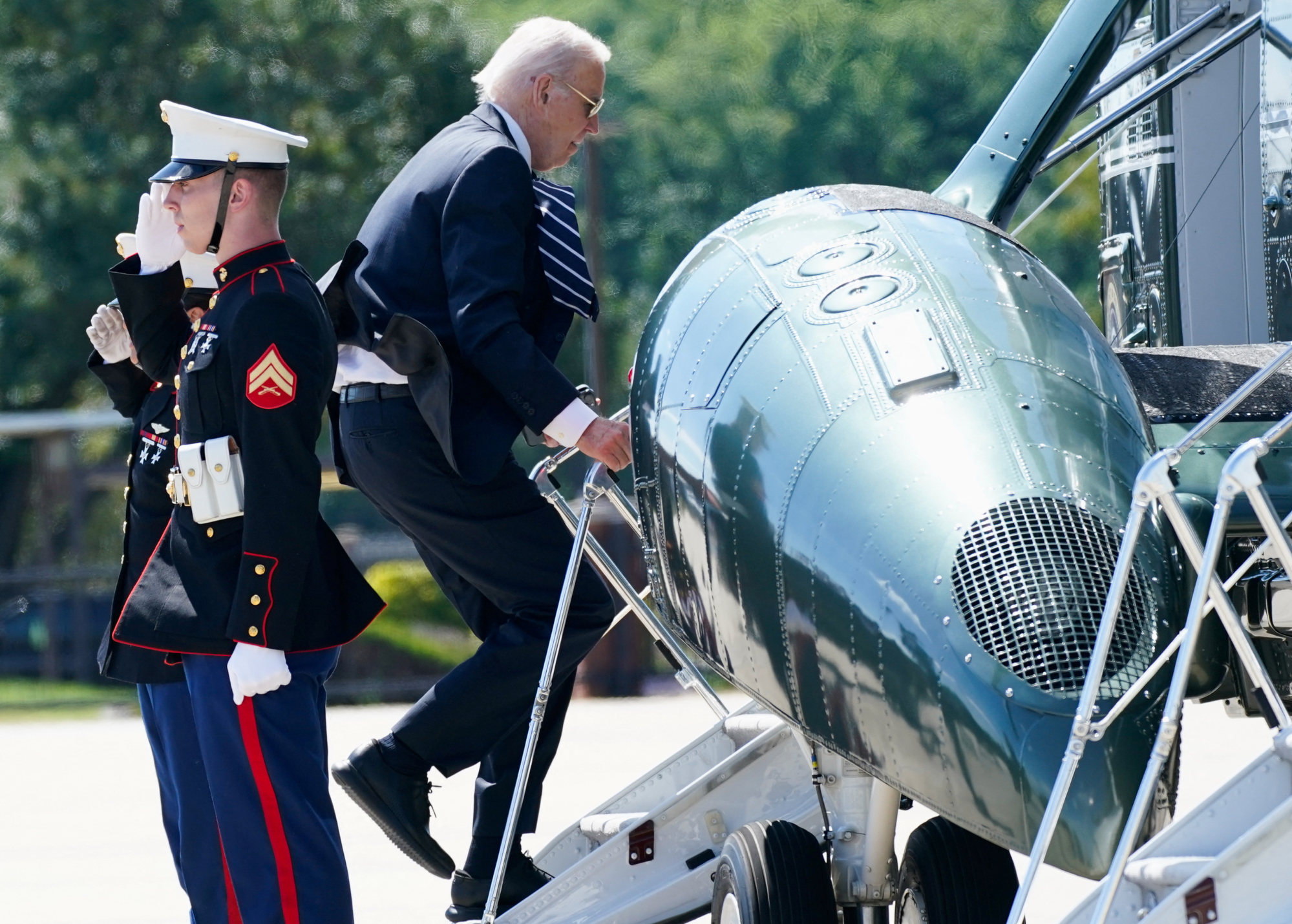The Asian economic giant also that year processed nearly 100 per cent of the world’s graphite supply, 90 per cent of rare earths and 74 per cent of cobalt – another critical mineral for batteries.
Last year, Beijing imposed restrictions on exports of gallium and germanium followed by new export controls on high-grade graphite.
“When you’ve got the close proximity for extraction in Australia and then processing in India, there’s an interest there,” said Lankford, who is the ranking member of the Senate Finance subcommittee on energy, natural resources and infrastructure.
“But you’ve got to have the four countries actually talking to each other to figure out, ‘OK, what can we do?’ when you start talking to each other.”
Home to many of the world’s largest critical minerals reserves, Australia is a major producer of lithium, mining about 53 per cent of the global supply.
The country has recently announced new plans to attract investments in mining and processing of critical minerals.
Meanwhile, Japan has successfully reduced its dependence of Chinese critical minerals from 90 per cent in 201o to 60 per cent in 2023.
India, for its part relies heavily on imports from China for its lithium and cobalt needs.

He said “executive agreements rise and fall at the end of each administration” and this did not inspire confidence among companies to invest in time-consuming projects.
Since taking the White House in 2021, the Biden administration has embraced the Quad as a key component of its Indo-Pacific strategy.

Lankford’s comments came as the US Congress in recent months has sought to more actively engage the Quad.
In February, the US House passed a ‘Strengthening the Quad’ bill directing the Biden administration to create an intra-parliamentary working group to foster closer collaboration among the four countries.
The legislation is now with the Senate Foreign Relations committee.
Another piece of legislation called the bipartisan Quad Critical Minerals Partnership Act was introduced by Lankford in 2022.
The bill, co-sponsored by Senator John Cornyn, a Republican from Texas, and Senator Mark Warner, Democrat from Virginia, required the Biden administration to initiate dialogue on and prioritise projects and investments relating to critical minerals in the Quad countries.
But it failed to make any progress on Capitol Hill.
In January, Lankford, with Cornyn and Warner, introduced a similar bill named the Critical Minerals Security Act, directing the US government to develop a method to share intellectual property for clean mining and processing technologies with American allies and partners.
Describing the bill’s passage as a “priority” for the future of developing US critical minerals, Lankford said he would continue to raise it in the annual defence budget and in other finance committee dealings.

Lankford, speaking on the sidelines of an event on EV battery supply chains, said a major reason the bill had not progressed was the absence of a clear strategy regarding domestic mining and processing versus international sourcing.
“A lot of folks right now would say, ‘well, we just need to do all of our mining and do all of our processing ourselves’,” he explained at the Centre for Strategic and International Studies, a Washington-based think tank.
Lankford believed the volume of critical minerals required to meet green transition goals could only be achieved if the US collaborated with its allies.
Amid the senator’s dissatisfaction with what he regarded as the Biden administration’s underutilisation of the Quad on critical minerals, some movement has transpired.
Brussels has been especially eager to finalise terms so that critical minerals mined or processed in Europe could qualify for US clean-vehicle tax breaks.

“We will continue to coordinate work on de-risking, diversification and reduction of critical dependencies and systemic vulnerabilities, actively engaging the private sector,” the G7 foreign ministers said in a statement in April.
Speaking at the CSIS event on Tuesday, Vanessa Sciarra of the American Clean Power Association noted the crucial role Chinese machinery plays in achieving Washington’s green-energy goals.
Sciarra highlighted the superior quality of Chinese solar and battery manufacturing technology, saying the US would likely struggle to meet its renewable-energy goals without Chinese innovations.
The extent of Beijing’s participation in the US green-energy sector must be balanced and carefully considered, she said, noting her association was working with Congress to determine what constituted an acceptable level of Chinese cooperation.
This approach was preferred to avoid some legislative proposals now under discussion that Sciarra described as “wacky”.
“We’ve got to figure out where is the line drawn? What is an acceptable level of Chinese involvement versus … what do we feel is too much involvement?”
Additional reporting by Igor Patrick in Washington

